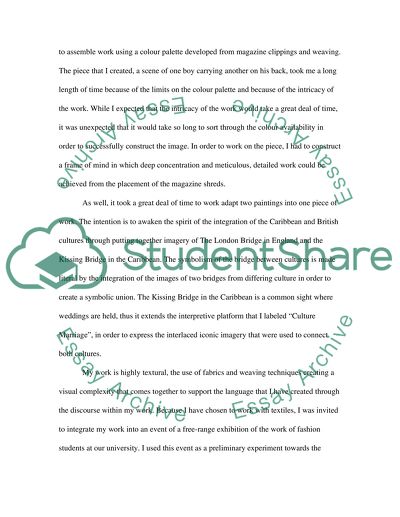Cite this document
(“Evaluation Essay Example | Topics and Well Written Essays - 1000 words”, n.d.)
Retrieved from https://studentshare.org/philosophy/1425078-evaluation
Retrieved from https://studentshare.org/philosophy/1425078-evaluation
(Evaluation Essay Example | Topics and Well Written Essays - 1000 Words)
https://studentshare.org/philosophy/1425078-evaluation.
https://studentshare.org/philosophy/1425078-evaluation.
“Evaluation Essay Example | Topics and Well Written Essays - 1000 Words”, n.d. https://studentshare.org/philosophy/1425078-evaluation.


